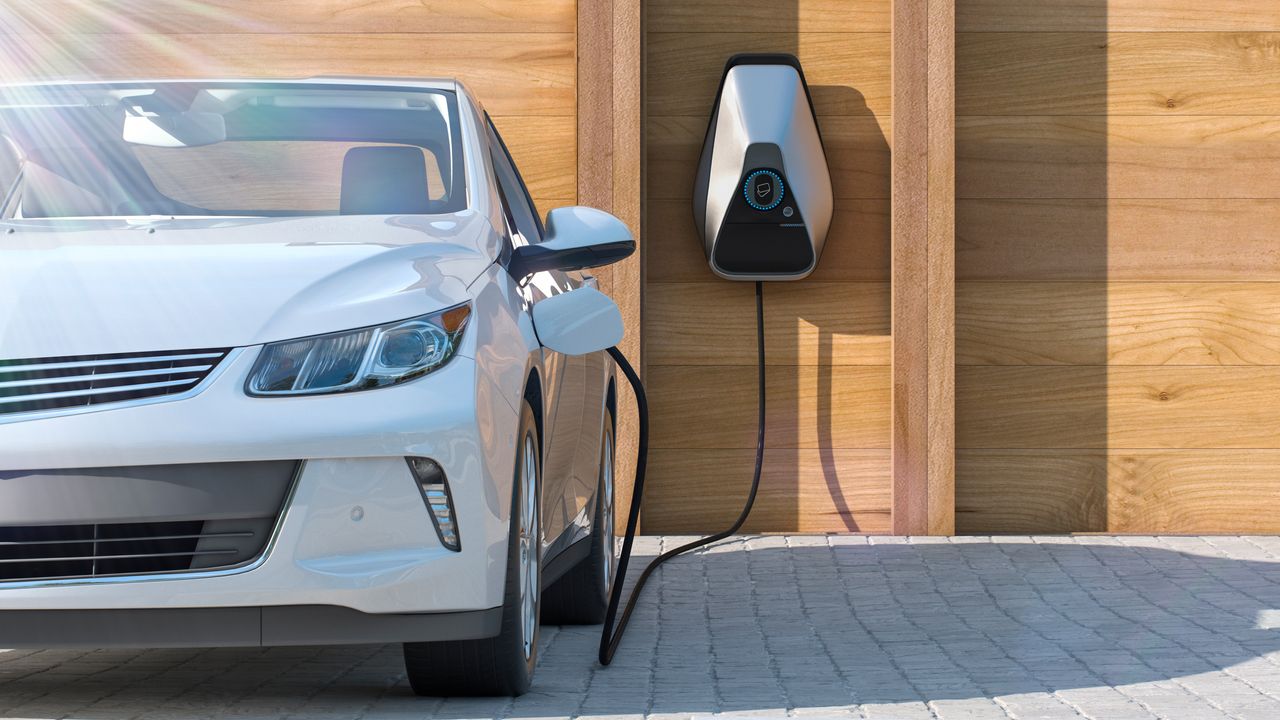Government Incentives and Subsidies for Electric Vehicles
Electric vehicles (EVs) have gained significant popularity in recent years due to their environmental benefits and potential to reduce greenhouse gas emissions. To further promote the adoption of EVs, many governments around the world have introduced various incentives and subsidies. These initiatives aim to make electric vehicles more affordable and accessible to the general public, while also encouraging the transition towards cleaner and more sustainable transportation options.
Purchase Incentives
One of the most common forms of government support for electric vehicles is through purchase incentives. These incentives typically come in the form of direct financial assistance or tax credits, reducing the upfront cost of buying an electric vehicle. The specific amount and eligibility criteria for these incentives vary from country to country and even within different regions.
For example, in the United States, the federal government offers a tax credit of up to $7,500 for the purchase of a new electric vehicle. Additionally, some states and local governments provide additional incentives, such as rebates or grants, to further encourage EV adoption. These purchase incentives can significantly reduce the overall cost of an electric vehicle, making it more affordable for consumers.
Emission Reduction Programs
Many governments have also implemented emission reduction programs that incentivize the use of electric vehicles. These programs aim to reduce air pollution and combat climate change by encouraging the adoption of cleaner transportation alternatives. One common approach is to provide preferential treatment for electric vehicles, such as access to high-occupancy vehicle (HOV) lanes or exemption from certain tolls or congestion charges.
For instance, in some cities, electric vehicles are allowed to use HOV lanes regardless of the number of occupants, providing a significant advantage in terms of reduced travel time and congestion. These perks not only make electric vehicles more attractive to potential buyers but also help alleviate traffic congestion and promote the use of sustainable transportation options.
Rebates
In addition to purchase incentives and emission reduction programs, governments may also offer rebates to encourage the installation of electric vehicle charging infrastructure. These rebates are typically provided to individuals, businesses, or organizations that install charging stations at their premises, making it easier for EV owners to charge their vehicles conveniently.
By offering rebates for charging infrastructure, governments aim to address one of the main concerns associated with electric vehicle adoption: limited charging infrastructure availability. These incentives not only encourage the installation of more charging stations but also contribute to the overall growth and accessibility of electric vehicle charging networks.
Conclusion
Government incentives and subsidies play a crucial role in promoting the adoption of electric vehicles and accelerating the transition to a more sustainable transportation system. Through purchase incentives, emission reduction programs, and rebates for charging infrastructure, governments are making electric vehicles more affordable, convenient, and attractive to consumers.
As the demand for electric vehicles continues to rise, it is essential for governments to continue supporting the growth of this industry through well-designed and effective incentive programs. By doing so, we can pave the way for a greener and cleaner future, reducing our reliance on fossil fuels and mitigating the impacts of climate change.
